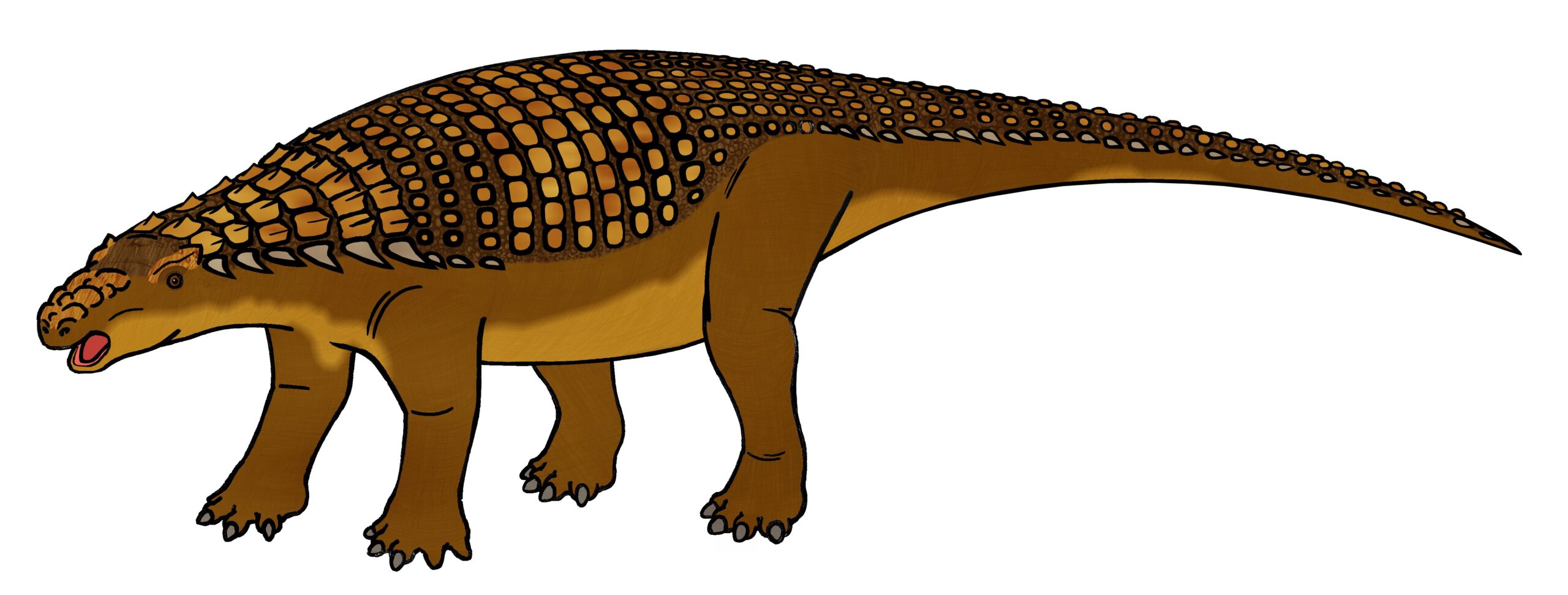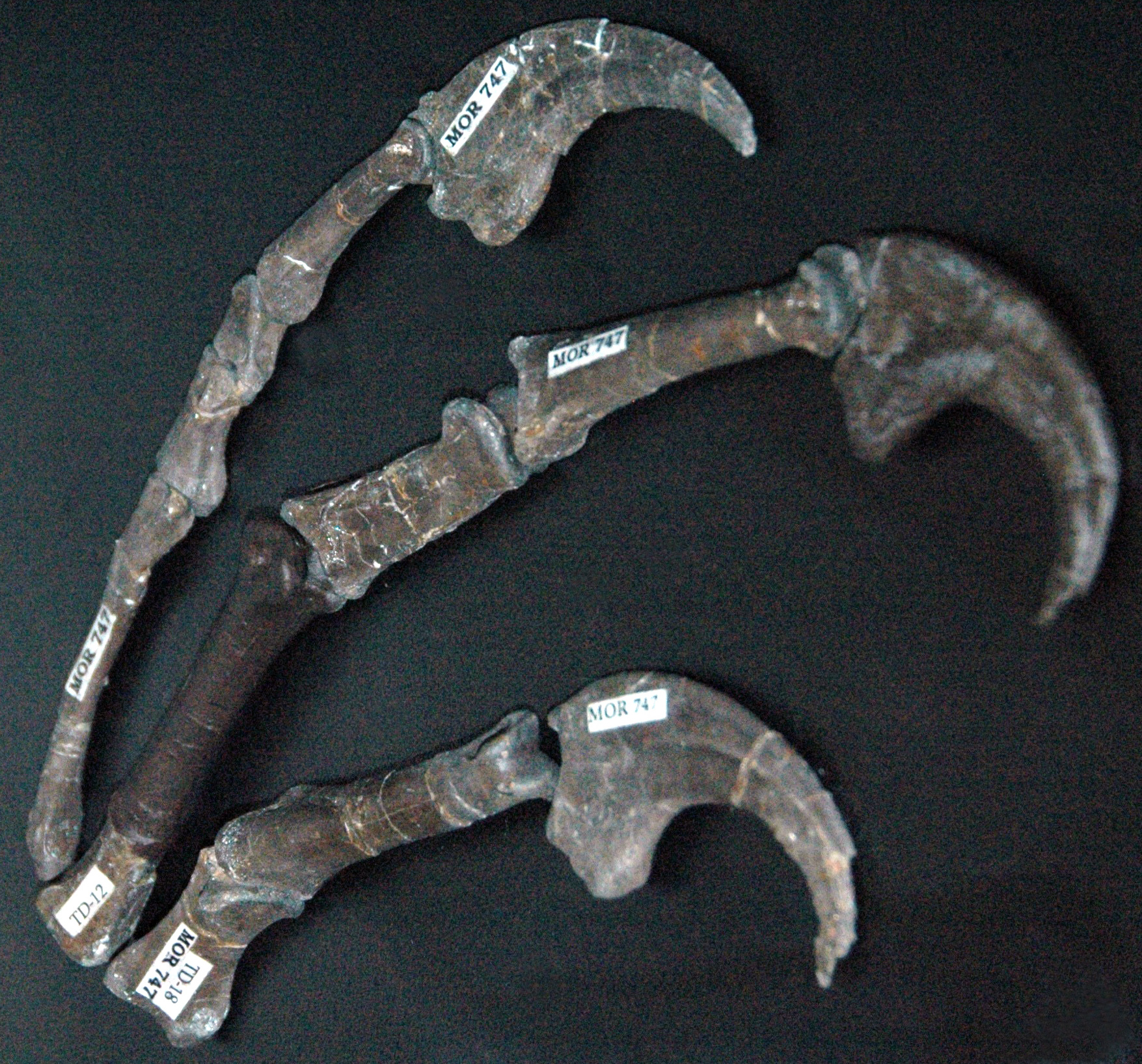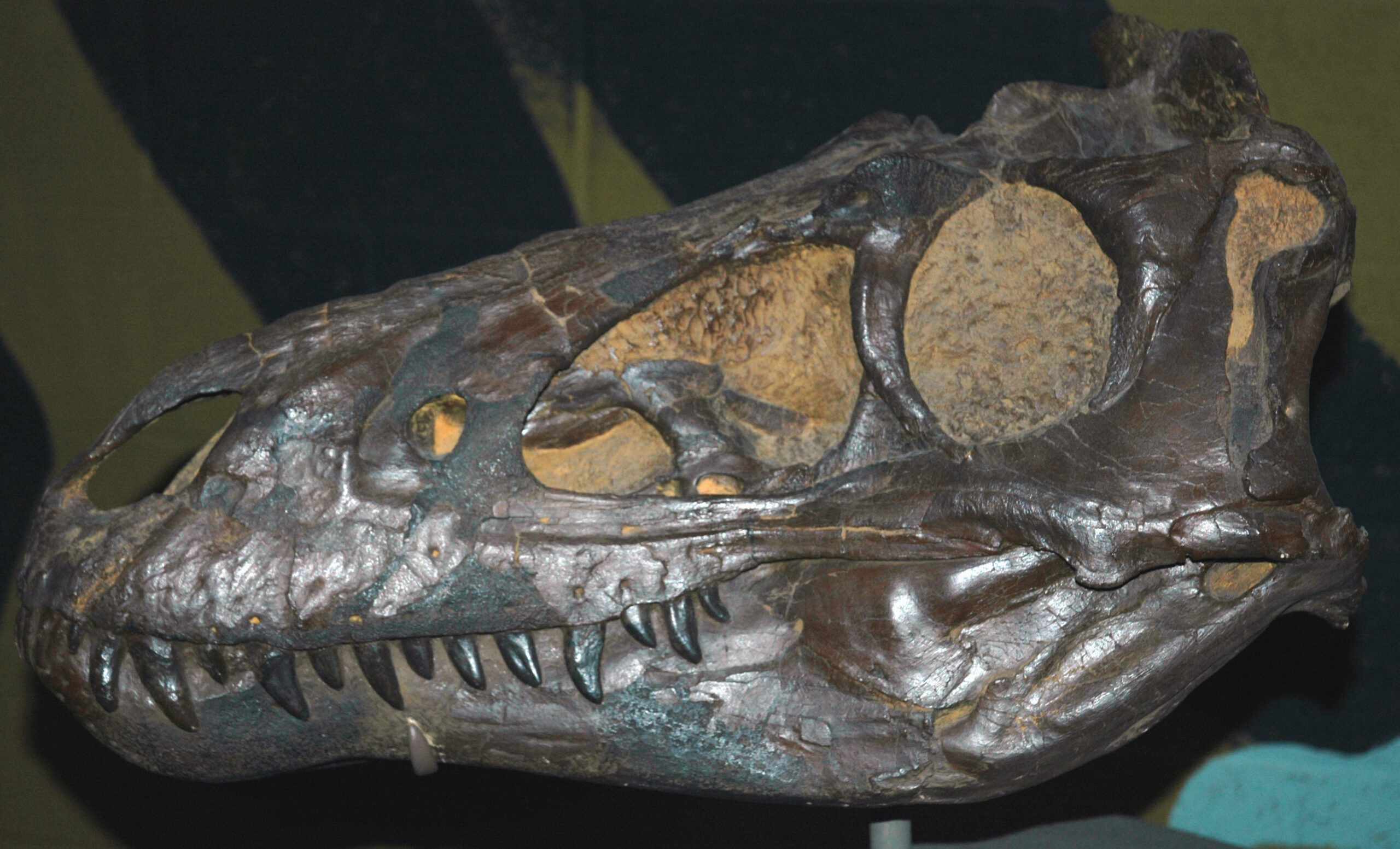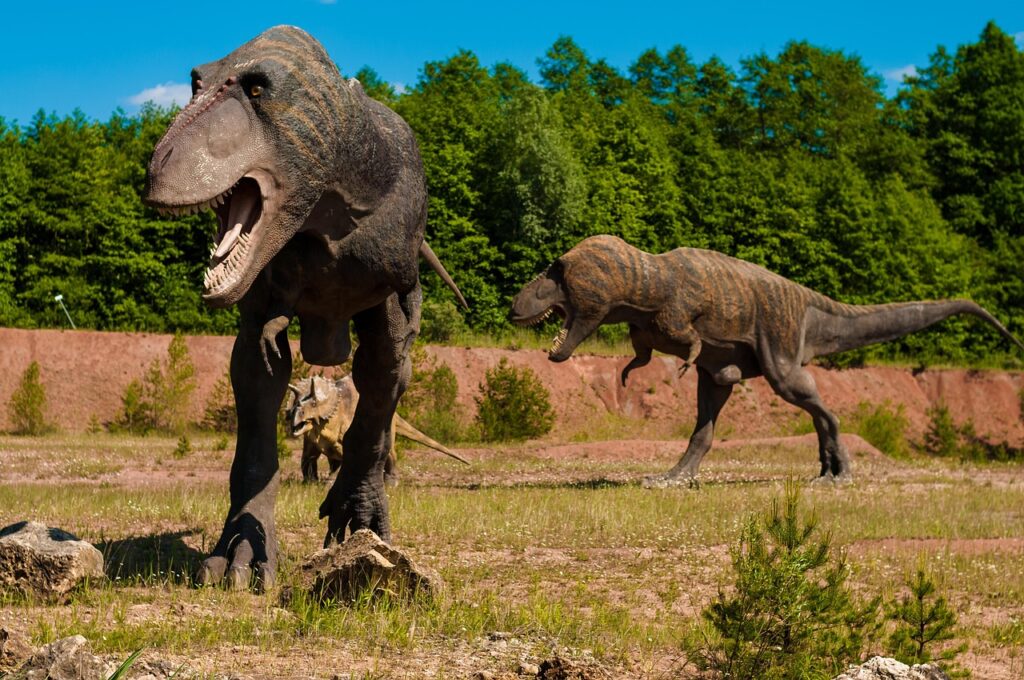Picture this: a world where feathered death stalked through ancient forests, their razor-sharp claws glinting in the primordial sunlight. The Late Cretaceous period, spanning from 100 to 66 million years ago, wasn’t just dominated by massive sauropods or bone-crushing tyrannosaurs. It was the age when raptors—those intelligent, pack-hunting predators—rewrote the rules of survival and fundamentally transformed entire ecosystems across the planet. These weren’t just random killers; they were ecosystem architects, shaping the very fabric of life in ways that still echo through evolutionary history today.
The Rise of Intelligent Predators

When raptors first emerged in the Late Cretaceous, they brought something revolutionary to the prehistoric world: intelligence paired with deadly efficiency. Unlike their larger carnivorous contemporaries who relied on brute force, these feathered hunters developed complex problem-solving abilities that made them formidable opponents. Their enlarged brain-to-body ratio rivaled that of modern birds, allowing them to adapt quickly to changing environmental conditions.
The most famous of these intelligent killers, Velociraptor and Deinonychus, showcased cognitive abilities that went far beyond simple hunting instincts. They could assess terrain, plan ambushes, and even communicate with pack members during coordinated attacks. This mental prowess gave them an unprecedented advantage over prey species that had never encountered such calculating predators.
Pack Hunting Revolutionizes Predation

The introduction of sophisticated pack hunting strategies by raptors completely transformed predator-prey dynamics in Late Cretaceous ecosystems. Before their emergence, most carnivorous dinosaurs were solitary hunters, limiting their ability to take down large prey consistently. Raptors changed this game entirely by developing coordinated hunting techniques that allowed small groups to overwhelm creatures many times their size.
Evidence from fossil trackways in places like Glen Rose, Texas, reveals the intricate patterns of raptor pack movements. These formations show how groups of three to six individuals would spread out in coordinated formations, herding prey toward predetermined kill zones. The psychological impact on herbivorous dinosaurs was profound—suddenly, being large was no longer a guarantee of safety.
Reshaping Herbivore Behavior Patterns

The presence of intelligent pack hunters forced herbivorous dinosaurs to completely restructure their daily routines and social behaviors. Species like Parasaurolophus and Triceratops began forming much larger herds than their ancestors, finding safety in numbers against these calculating predators. The constant threat of raptor attacks led to the evolution of more sophisticated warning systems among plant-eaters.
Fossil evidence suggests that many herbivorous species developed enhanced sensory capabilities during this period. Hadrosaurids evolved more acute hearing to detect the subtle sounds of approaching raptors, while ceratopsians developed better peripheral vision to spot flanking maneuvers. These adaptations created an evolutionary arms race that pushed both predator and prey to new heights of specialization.
The Feathered Revolution in Camouflage

Raptors didn’t just hunt differently—they looked different too, and their feathered appearance revolutionized camouflage strategies across Late Cretaceous ecosystems. Unlike the scaled hides of other dinosaurs, raptor feathers could be precisely controlled for both temperature regulation and visual deception. This gave them unprecedented stealth capabilities that fundamentally altered how predator-prey interactions played out.
The discovery of melanosomes in fossilized raptor feathers has revealed that these predators possessed remarkably sophisticated coloration patterns. Some species displayed counter-shading similar to modern leopards, while others featured disruptive patterns that broke up their silhouettes against dense vegetation. This camouflage revolution forced prey species to develop sharper visual acuity just to survive.
Nesting Behaviors Transform Landscape Usage
The complex nesting behaviors of raptors introduced entirely new dynamics to Late Cretaceous landscapes. Unlike many dinosaurs that simply laid eggs and left them to chance, raptors exhibited advanced parental care that required specific territorial arrangements. These intelligent predators established defended nesting areas that influenced the distribution of other species across vast regions.
Fossil evidence from Mongolia shows that raptor nesting sites became focal points for entire ecosystem webs. The presence of brooding raptors created “safety zones” for small mammals and other creatures that could coexist with these selective predators. Conversely, areas surrounding active nests became virtually uninhabitable for medium-sized herbivores, creating a patchwork of occupied and vacant territories.
Scavenging Networks and Carcass Distribution

Raptors weren’t just active hunters; they were also efficient scavengers that completely transformed how organic matter moved through Late Cretaceous ecosystems. Their intelligence allowed them to locate and exploit carcasses with remarkable efficiency, often arriving at dead animals before other scavengers. This created entirely new patterns of nutrient distribution across ancient landscapes.
The scavenging behavior of raptor packs led to the development of complex hierarchies around food sources. Smaller raptors would often follow the hunting patterns of larger species, knowing that kills would provide opportunities for secondary feeding. This created interconnected webs of information transfer that influenced the movement and behavior of numerous other species throughout the ecosystem.
Climate Adaptation and Seasonal Migrations
The advanced thermoregulation capabilities of feathered raptors allowed them to exploit seasonal resources in ways that fundamentally altered Late Cretaceous migration patterns. While most dinosaurs were limited by their cold-blooded physiology, raptors could maintain activity levels across a broader range of temperatures. This flexibility gave them access to resources that were unavailable to other predators during certain seasons.
Evidence from fossilized raptor remains across different latitudes suggests that some species engaged in complex seasonal migrations. These movements created cascading effects throughout multiple ecosystems, as the presence or absence of these intelligent predators during specific seasons influenced breeding patterns, feeding behaviors, and territorial arrangements of countless other species.
Tool Use and Environmental Manipulation
Recent discoveries have revealed that some raptor species engaged in primitive tool use, making them among the first dinosaurs to actively manipulate their environment for hunting purposes. Scratches on fossil bones suggest that certain raptors used rocks to crack open hard-shelled prey, while others may have used sticks to extract insects from crevices. This behavior represents a cognitive leap that had profound implications for ecosystem dynamics.
The ability to modify their environment, even in small ways, gave raptors access to food sources that were previously untapped by other predators. This expanded their ecological niche and created new competitive pressures on species that had relied on these same resources. The ripple effects of this primitive technology use spread throughout the entire food web.
Communication Systems and Territory Management
The sophisticated communication abilities of raptors introduced complex territorial dynamics to Late Cretaceous ecosystems. These intelligent predators developed intricate vocalization systems that allowed them to coordinate activities across large areas. The sounds they made weren’t just simple calls; they were complex information-sharing systems that influenced the behavior of every other species within earshot.
Fossil evidence of raptor syrinx structures suggests they could produce a wide variety of sounds, from low-frequency calls that traveled long distances to high-frequency signals used for close-range coordination. This acoustic landscape created by raptor communications forced other dinosaurs to adapt their own communication strategies, leading to an evolutionary arms race in sensory capabilities.
Impact on Plant Community Structure
The hunting patterns of raptors indirectly but significantly influenced plant community structures throughout Late Cretaceous ecosystems. By selectively targeting certain herbivorous species and altering their feeding behaviors, raptors created new patterns of plant consumption that reshaped entire forest compositions. Areas where raptors concentrated their hunting activities developed different vegetation characteristics than regions where they were absent.
The fear response that raptors instilled in herbivorous dinosaurs led to changes in grazing patterns that had cascading effects on plant evolution. Some plant species evolved enhanced defensive mechanisms, while others developed characteristics that made them less attractive to the herbivores that raptors preferred to hunt. This created a three-way evolutionary relationship between predator, herbivore, and plant.
Marine Ecosystem Connections
Coastal-dwelling raptors created crucial connections between terrestrial and marine ecosystems during the Late Cretaceous. These adaptable predators exploited shoreline resources, feeding on both land-based prey and marine organisms that washed ashore. Their presence at the intersection of these two major ecosystems facilitated the transfer of nutrients and energy between land and sea.
Fossil evidence from coastal deposits shows that some raptor species developed specialized adaptations for hunting in shallow marine environments. These semi-aquatic hunters influenced the behavior of both terrestrial animals that came to drink at water sources and marine creatures that ventured into shallow waters. Their impact created unique ecological zones that wouldn’t have existed without their presence.
Evolutionary Pressure on Prey Species
The constant threat posed by intelligent pack hunters drove rapid evolutionary changes in prey species throughout the Late Cretaceous. Herbivorous dinosaurs developed increasingly sophisticated defensive mechanisms, from enhanced sensory capabilities to complex social behaviors designed to confuse and deter raptor attacks. This evolutionary pressure led to some of the most dramatic adaptations seen in dinosaur history.
The psychological stress of living under constant threat from raptors influenced everything from feeding schedules to mating behaviors in herbivorous species. Many dinosaurs shifted to nocturnal feeding patterns to avoid peak raptor activity periods, while others developed elaborate courtship displays that could be quickly abandoned if predators appeared. These behavioral changes had profound effects on ecosystem dynamics.
Influence on Smaller Predator Niches
The dominance of raptors in medium-sized predator niches forced smaller carnivorous dinosaurs to specialize in increasingly narrow ecological roles. Many species that might have competed directly with raptors instead evolved to exploit resources that the larger, more intelligent predators couldn’t or wouldn’t pursue. This led to an explosion of diversity among small predatory dinosaurs.
The presence of raptors also created opportunities for smaller predators that could coexist with them. Some species developed commensalistic relationships with raptor packs, following them to scavenge kills or hunt the small animals that fled from raptor attacks. These relationships created complex predator guilds that were unprecedented in earlier periods.
Legacy in Modern Ecosystems
The ecological innovations pioneered by Late Cretaceous raptors continue to influence modern ecosystems through their direct descendants—birds. Many of the hunting strategies, communication systems, and social behaviors that made raptors such effective ecosystem shapers can be observed in contemporary bird species. The intelligence and adaptability that characterized these ancient predators lives on in creatures like ravens, hawks, and even some songbirds.
Modern predator-prey relationships still bear the evolutionary signatures of the raptor revolution. The wariness that many herbivorous mammals display toward aerial predators, the complex flock behaviors of birds, and the sophisticated alarm systems of many species all trace their origins back to the selective pressures created by these intelligent dinosaur hunters. The Late Cretaceous raptors didn’t just shape their own time—they left an indelible mark on the future of life on Earth.
The Cascade Effect That Changed Everything

The emergence of raptors as dominant predators created a cascade effect that touched every aspect of Late Cretaceous ecosystems. From the ground up, these intelligent hunters rewrote the rules of survival, forcing adaptations that rippled through food webs and influenced the evolution of countless species. Their impact extended far beyond simple predation, fundamentally altering the structure and function of entire ecological communities.
The legacy of these remarkable predators reminds us that individual species can serve as keystone forces in ecosystem evolution. The intelligence, adaptability, and social complexity of raptors demonstrate how evolutionary innovations can transform entire worlds. When we look at the fossil record of the Late Cretaceous, we see not just the story of fearsome predators, but the tale of ecosystem architects whose influence shaped the very foundation of life as we know it today.
What would our modern world look like if these intelligent predators had never evolved to reshape the ancient landscape?




